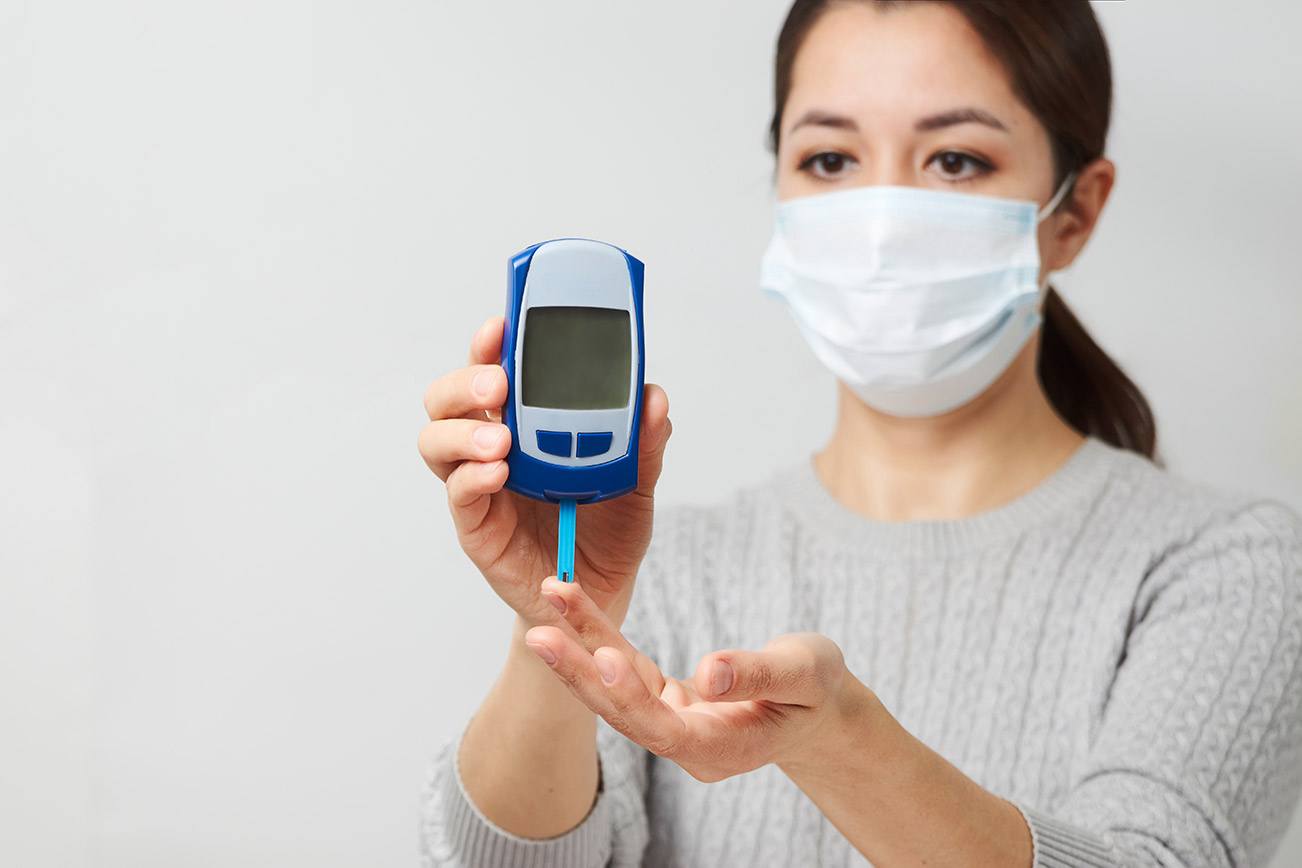In the last two years, the COVID-19 pandemic increased swiftly, overwhelming health systems globally. To adapt to this overwhelming use of healthcare resources, more and more innovative solutions have been introduced into the scene. In the combat against COVID-19, telemedicine made it to the forefront and has served as a tool used in various facilities to meet the changing needs. Long after COVID-19 is gone, telemedicine will have a more significant base in conventional healthcare provision as users and providers recognize its value.
Telemedicine is the delivery of remote medical services through real-time two-way contact between a patient and a healthcare provider via electronic, audio, and visual means. The source of all inventions is necessity and need. And amid this crisis, attention has been focused on identifying inventive remedies to tackle the pandemic’s significant challenges. Telemedicine has risen to prominence as a positive answer to some of these issues.
Patients opted to visit doctors’ offices instead of video conferencing, although telemedicine and telehealth had been in existence for years. Although some patients appreciated virtual meetings, healthcare providers were sceptical about the method’s reliability and were unwilling to use it. Furthermore, the technology was not widely available enough to interest many people. COVID-19 has altered the telehealth outlook. The pandemic has facilitated the digital involvement of patients, resulting in a significant surge in virtual healthcare services, like telemedicine and remote patient monitoring.
Infections could spread faster in congested emergency rooms and medical facilities. During the pandemic, minimising patients’ access to healthcare facilities was a principal technique for reducing infection transmission. Telemedicine was particularly significant in ensuring the continuity of regular care for patients during this time when unnecessary visits to specialists and medical facilities were avoided. Some primary care visits, such as routine follow-ups for severe conditions like diabetes and hypertension, were handled online, making them suitable for community members. While telemedicine looks to benefit the public and patients, it is also beneficial to service providers.
Benefits of Telemedicine for Patients
Patients could obtain high-quality health services much faster after telehealth came on board. They no longer had to wait days to see their doctor and spend hours in congested hospitals. Rural populations, elderly patients, and persons with impairments who have difficulty going to the hospital benefited the most from telehealth. They could communicate with their doctors via the internet and receive prompt assistance.
Patients with critical illnesses benefited greatly as well. Telehealth enabled specialists to determine if a patient needed an immediate response, reducing futile visits and enhancing care for those who needed it the most. Healthcare personnel used health observation techniques to enable stable patients to leave the unit sooner without jeopardising their treatment.
Benefits of Telemedicine for Healthcare Providers
Inefficient healthcare policies cost the medical care system lots of money each year, which inflates patient treatment expenses. Telehealth, on the other hand, saved money by making specific procedures more reliable and effective. Telehealth also helped to minimise patient hospitalizations and unrequired emergency visits. It also made it easier for discharged patients to receive follow-up care, provided routine check-ups, and reduced patient no-show rates. Healthcare practitioners, for example, employed live videoconferencing to supervise patients after they were discharged on schedule, particularly during the crucial 30-day post-discharge duration.
While the consistent use of telemedicine increased dramatically during the COVID-19 crisis, there are still issues, restrictions, and challenges to overcome. These include access to digital devices for impoverished persons and minority groups, etc. A favourable regulatory framework is vital to telemedicine’s success. While government-supported incentives and payment schemes are one component of this, national and regional medical licensing bodies must collaborate to develop policies that encourage innovation without jeopardising patient safety and care.
Telehealth has confirmed its ability to deliver secured and effective care and has equally shown significant prospects. It has also revealed several advantages, including reduced healthcare costs and improved efficiency and access to services for vulnerable patients. It also allows people with severe illnesses to access healthcare from a distance. After the covid-19 crisis passes on, telemedicine will continue to play an essential role in the transition to value-based healthcare.







